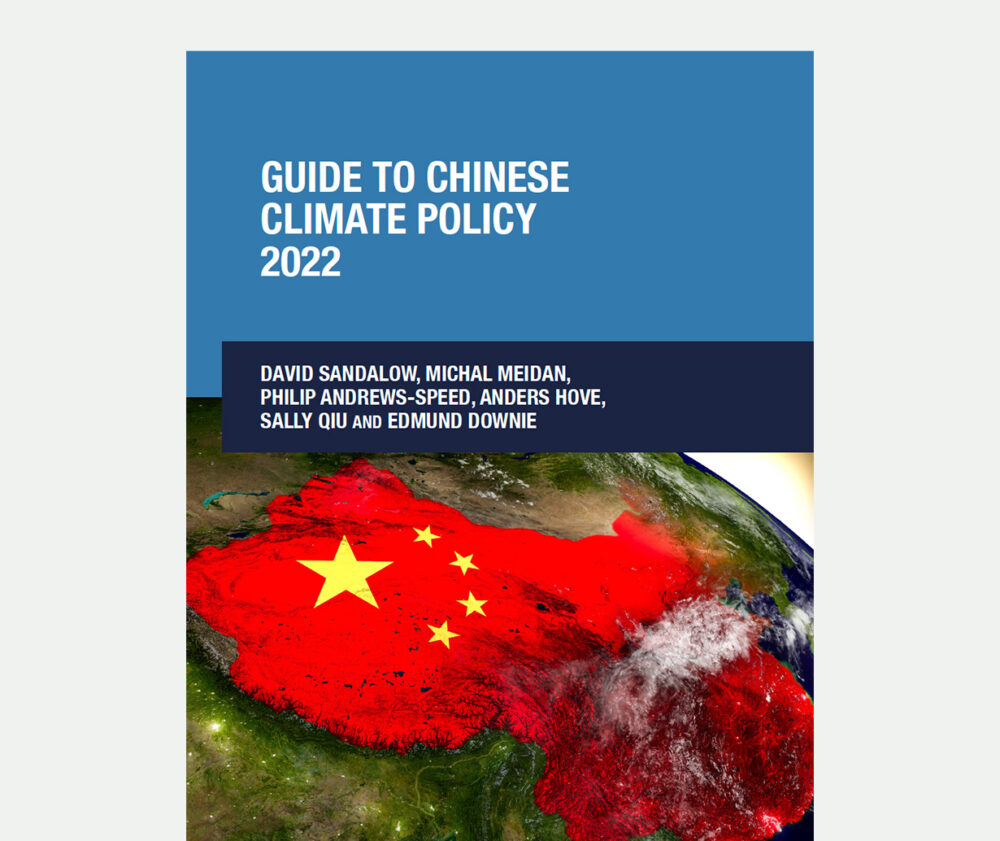Background
China’s government is a party-state system. The Chinese Communist Party chooses the leaders of all government offices and state-owned enterprises. The Party determines general directions, overall priorities and specific policies when it chooses.
The Party and government are deeply intertwined, with senior officials holding positions in both. Xi Jinping, for example, is General Secretary of the Chinese Communist Party and President of the People’s Republic of China. Under Xi Jinping, the Party has expanded its remit and become more directly involved in decisions that previously were left to the government.1
Within the Chinese Communist Party, the top official is the General Secretary. He chairs the powerful Politburo Standing Committee (PSC), which has varied in size over the years but currently has seven members. The PSC is the inner circle of the Politburo, with roughly 25 members. Just below the Politburo in rank is the party’s Central Committee, which has several hundred members and generally meets twice a year. Next is the National Party Congress, which has over 1500 members and meets every five years. In June 2021, the Chinese Communist Party had roughly 95 million members—approximately 8% of the population over 15 years of age.2
Within the Chinese government, the top officials are the President and the Premier. The Premier serves as chair of the State Council, which coordinates China’s domestic and foreign policy and has been called “China’s Cabinet.” The State Council’s Executive Committee currently consists of the Premier, four Vice Premiers and five State Councilors. Twenty-three ministers, commissioners and other heads of government offices also serve on the State Council, supported by a large bureaucracy.3
Chinese ministries and commissions play a central role in formulating policy within their functional domains. This includes the Ministry of Foreign Affairs, Ministry of Finance, Ministry of Science and Technology, Ministry of Land and Resources, State-Owned Assets and Supervision Commission, and many more. The National Development and Reform Commission (NDRC) is an especially powerful commission with broad authority over China’s economy.
One tool used to coordinate work among top officials is the “leading group.” Leading groups bring together key stakeholders on priority topics, help shape consensus and can be located within the party or government. President Xi Jinping heads a number of leading groups, including on foreign affairs, the economy and defense. Members of the Politburo Standing Committee and State Council head leading groups on a range of other topics.
China’s legislature is the National People’s Congress, with roughly 3000 members. The National People’s Congress meets for two weeks each March to discuss reports from government leaders and approve laws.
China has 34 provinces, including four municipalities with provincial status (Beijing, Shanghai, Chongqing and Tianjin), five autonomous regions (Tibet, Inner Mongolia, Xinjiang, Ningxia and Guangxi) and two special administrative regions (Hong Kong and Macao).
Provincial governments play a key role in governing China, with a rank equal to that of central government ministries. Provincial governments implement policies from the central government but also engage in considerable policy making on their own. Many provincial governments hold substantial ownership stakes in state-owned enterprises (SOEs) and favor their local SOEs with supportive policies. The structure of provincial governments in general duplicates that of the central government, with control exercised by provincial party leaders and provincial ministries exercising considerable authority within their domains.
References

